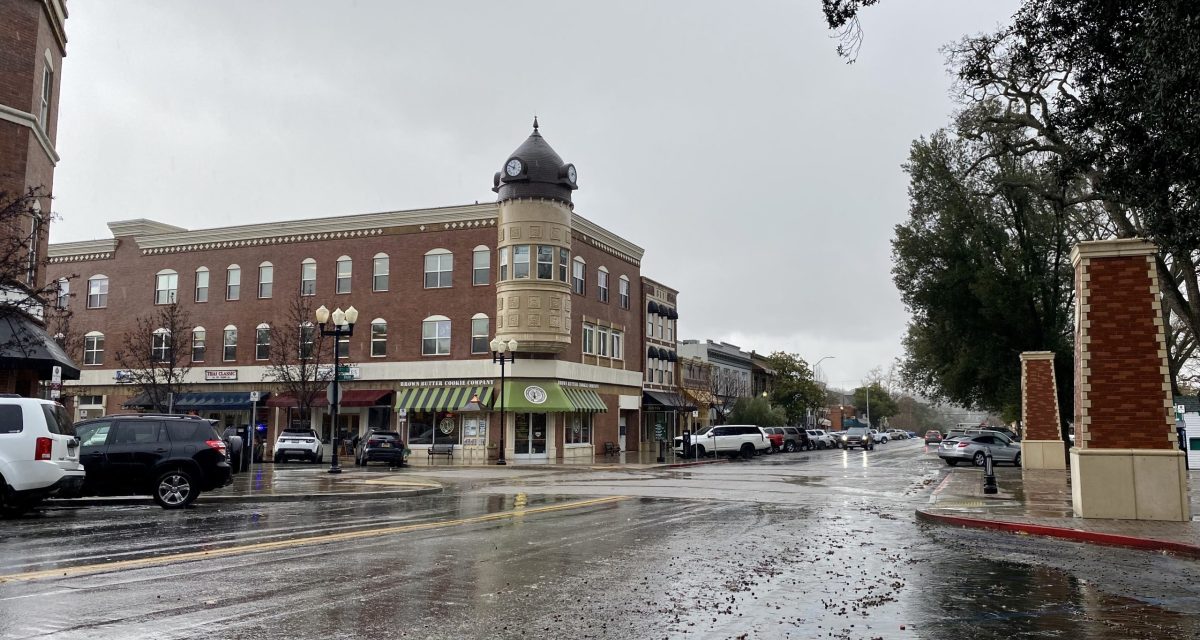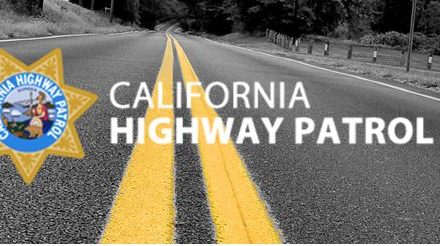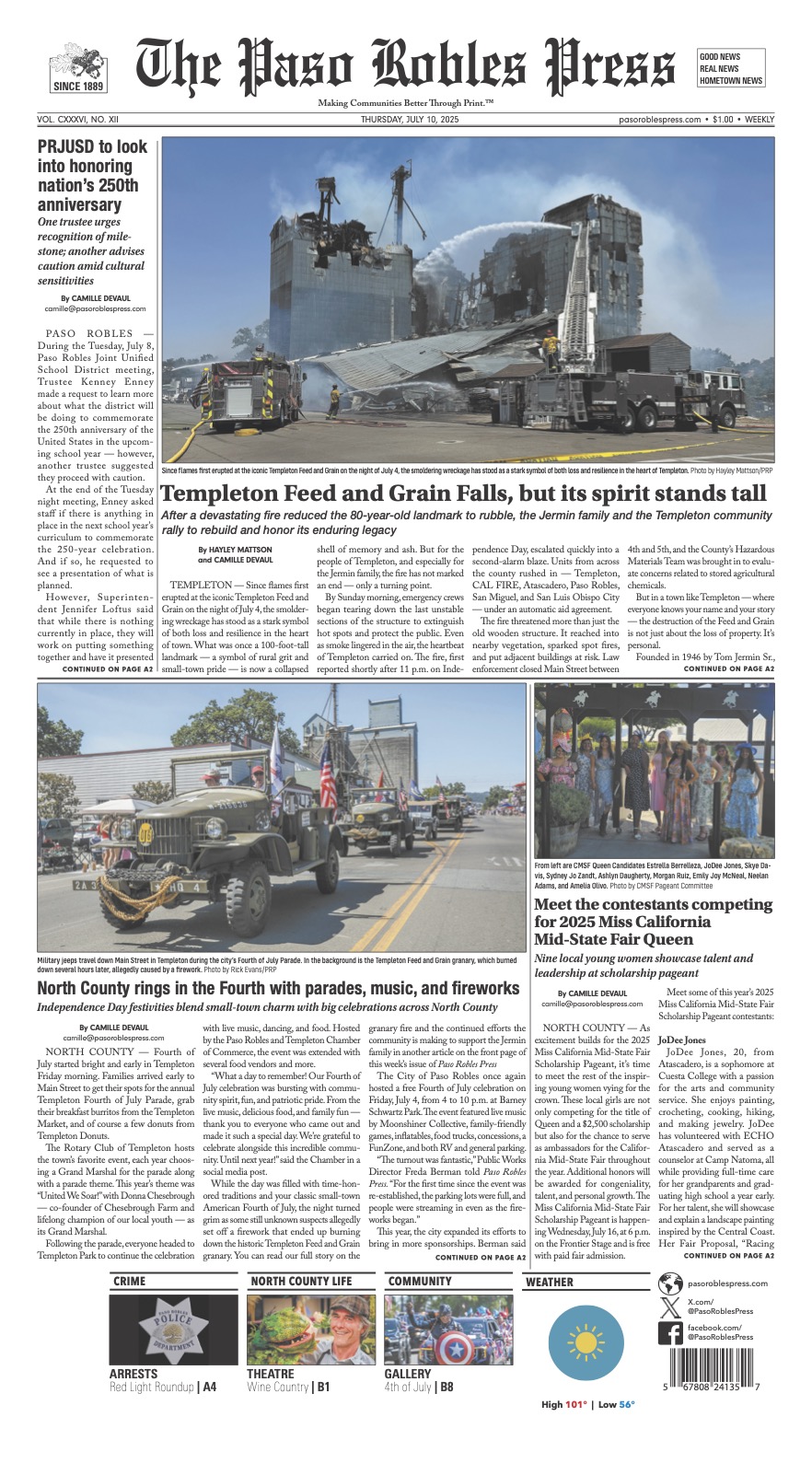Information provided for various emergency situations
SAN LUIS OBISPO COUNTY — The American Red Cross Pacific Coast Chapter has opened two evacuation shelters in San Luis Obispo County due to flooding. Red Cross volunteers will provide safe shelter, water, meals, emotional support, health services and additional resources to displaced evacuees.
San Luis Obispo County Locations:
- Paso Robles Event Center, Ponderosa Pavilion (2198 Riverside Ave, Paso Robles)
- Nazarene Church (3396 Johnson Ave, San Luis Obispo)
Evacuating residents are encouraged to bring the following for each member of their family: prescription and other emergency medication, extra clothing, pillows, blankets, hygiene supplies, important documents and other comfort items. Additionally, special items for children and infants, such as diapers, formulas and toys, should be brought along with other items for family members who may have other needs.
Red Cross shelters are open to everyone in need, regardless of race, religion, gender identity, sexual orientation or citizenship status. All disaster assistance is free. People can find information for open Red Cross and partner shelters on redcross.org/shelter, the free Red Cross Emergency app or by calling 1-800-RED CROSS (800-733-2767). Download the app by searching “American Red Cross” in your app store or by going to redcross.org/apps. You can also check with local officials and monitor local news for information on where to find emergency shelter.
The Red Cross gives several suggestions on what to do in various emergency situations:
- Turn around, don’t drown. Stay off the roads. If you must drive and encounter a flooded roadway, turn around immediately and go another way.
- Follow evacuation routes and do not try to take shortcuts, they may be blocked.
- Stay away from floodwaters. Beware of snakes, insects and other animals that may be in or around floodwaters and your home.
- Keep children and pets away from hazardous sites and floodwaters.
- Offer to help people who require special assistance including older adults, those without transportation, large families, people with disabilities and the people who care for them.
- If you suspect imminent danger, evacuate immediately. Inform affected neighbors if you can, and contact your public works, fire or police department.
- Listen for unusual sounds that might indicate moving debris, such as trees cracking or boulders knocking together.
- If you are near a stream or channel, be alert for any sudden increase or decrease in water flow and notice whether the water changes from clear to muddy. Such changes may mean there is debris flow activity upstream so be prepared to move quickly.
- Be especially alert when driving — watch for collapsed pavement, mud, fallen rocks and other indications of possible debris flow.
- If you are ordered or decide to evacuate, take your animals with you.
- Use flashlights in the dark — not candles.
- Eliminate unnecessary travel, especially by car. Traffic lights will be out and roads will likely be congested.
- Turn off and unplug all unnecessary electrical equipment and appliances. When power comes back on, surges or spikes can damage equipment.
- Leave one light on, so you’ll know when power is restored.
- Never use a generator, grill, camp stove or other gasoline, propane, natural gas or charcoal-burning devices inside a home, garage, basement, crawlspace or any partially enclosed area. Keep these devices outside away from doors, windows and vents, which could allow carbon monoxide to come indoors. Full generator safety information is available here.
- During a prolonged outage, keep refrigerator and freezer doors closed as much as possible to protect your food. Use perishable food from the refrigerator first, then, food from the freezer. If the power outage continues beyond a day, prepare a cooler with ice for your freezer items. Keep food in a dry, cool spot and cover it at all times.
















